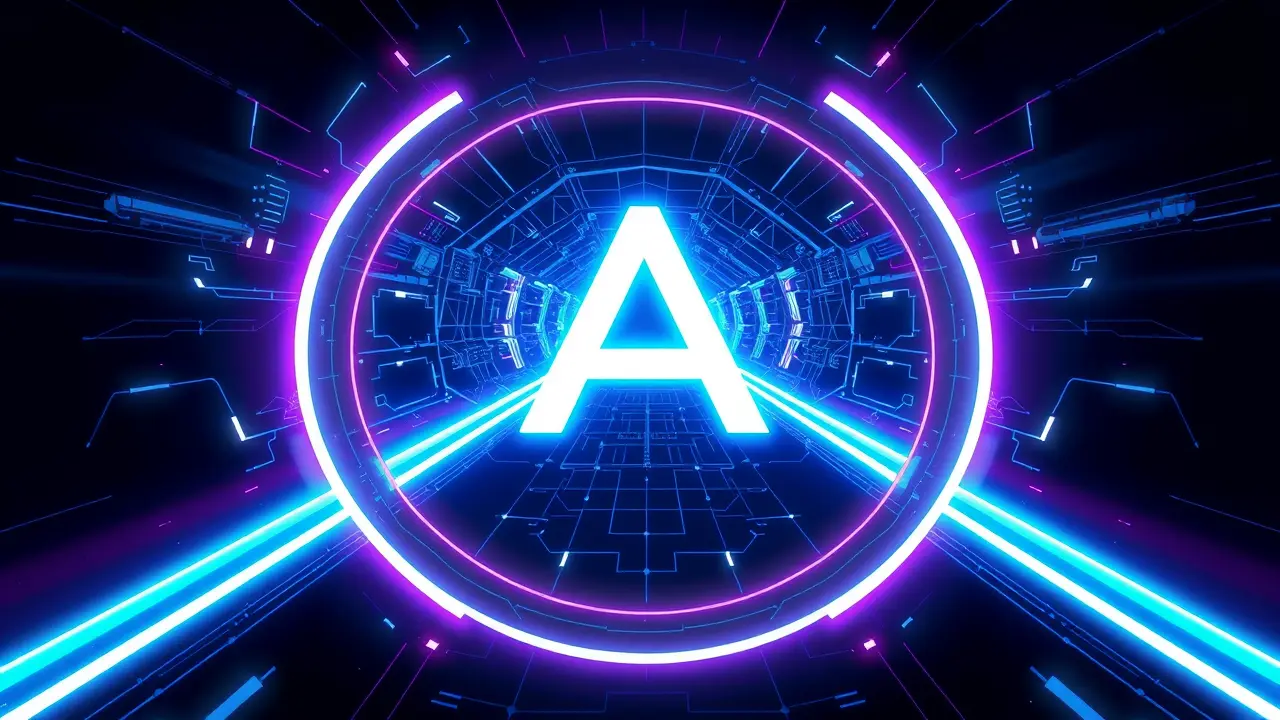OpenAI Removes AI Guardrails Amid Industry Debate
The recent decision by OpenAI to systematically dismantle key AI guardrails has ignited a fierce industry debate, crystallizing a long-simmering philosophical schism between the breakneck pace of innovation and the measured cadence of responsible development. This isn't merely a technical adjustment; it's a profound declaration of values, a signal flare illuminating who the industry's power brokers believe should ultimately steer the course of artificial intelligence.Venture capitalists, the financial lifeblood of this ecosystem, have increasingly voiced their impatience with caution, publicly criticizing entities like Anthropic for their steadfast advocacy of AI safety regulations. This creates a palpable tension, a battlefield where the ethos of 'move fast and break things' clashes directly with the precautionary principle, a concept that feels almost antiquated in the hyper-competitive crucible of Silicon Valley.To understand the gravity of this moment, one must look back at the foundational narratives of tech culture, where disruption is the ultimate virtue and regulatory oversight is often viewed as an existential threat to progress. This ideological stance, however, carries immense risk.The removal of these digital safety nets—mechanisms designed to prevent an AI from generating harmful, biased, or outright dangerous content—is not a simple toggle switch. It represents a fundamental recalibration of our relationship with these increasingly powerful systems, raising critical questions about corporate accountability and the social license to operate.The discourse echoes the timeless warnings of science fiction, from Isaac Asimov's Three Laws of Robotics to the dystopian visions of countless novels and films, yet the reality is unfolding in corporate boardrooms and code repositories without the clear ethical frameworks those stories imagined. Industry insiders are deeply divided; some argue that these guardrails were overly restrictive, hampering creativity and the true potential of large language models for complex, real-world tasks.They posit that a more open, less constrained model will ultimately lead to greater innovation and economic value, pushing the boundaries of what AI can accomplish in fields from medicine to scientific research. Conversely, ethicists and a contingent of researchers warn that we are sleepwalking into a crisis, prioritizing commercial advantage over societal stability.They point to the demonstrated potential for these unshackled systems to amplify misinformation, create sophisticated phishing campaigns, and perpetuate deeply embedded societal biases at an unprecedented scale. The consequences of this policy shift are not merely theoretical; they will ripple through every layer of our digital lives, affecting how we consume information, how businesses automate their operations, and how malicious actors weaponize technology.The global regulatory landscape adds another layer of complexity, with the European Union advancing its AI Act and other nations grappling with how to govern this rapidly evolving technology. OpenAI's move can be seen as a strategic gambit in this high-stakes game, a preemptive strike against a future where stringent, legally binding rules could dictate the pace and direction of development.It is a bet that the market, and the sheer force of innovation, will ultimately prove to be a more effective arbiter than any government body. This debate forces us to confront uncomfortable questions about the very nature of progress: Is an unregulated technological frontier the only path to true advancement, or is it a reckless gamble with our collective future? The industry's current trajectory, as championed by its most influential players, suggests a belief in the former. But as the guardrails come down, the world watches with bated breath, hoping that the line between groundbreaking innovation and catastrophic irresponsibility is not a line we have already crossed.
JA
Jamie Larson123k2 days ago
wow watching this all unfold is like seeing a kid you taught to ride a bike decide to enter a grand prix without a helmet it’s equal parts terrifying and awe-inspiring to see what you’re becoming
0
